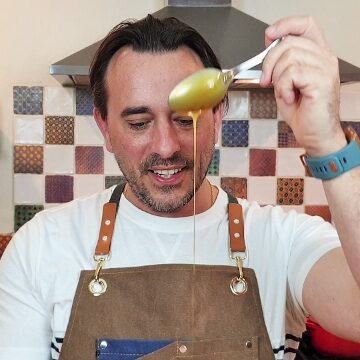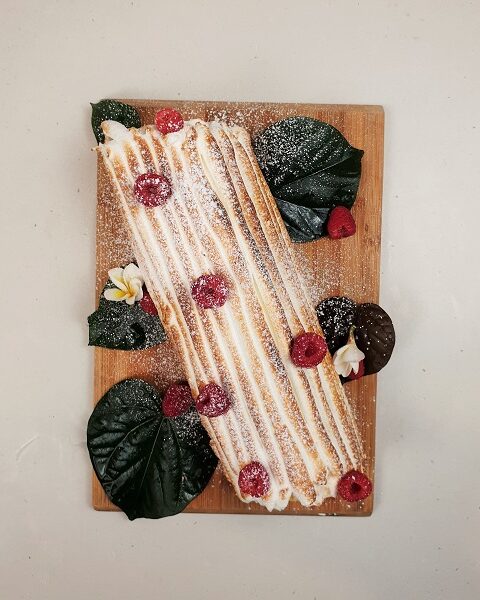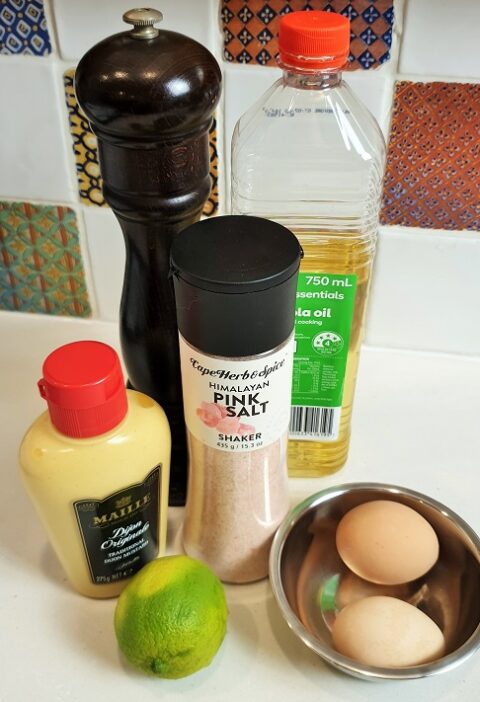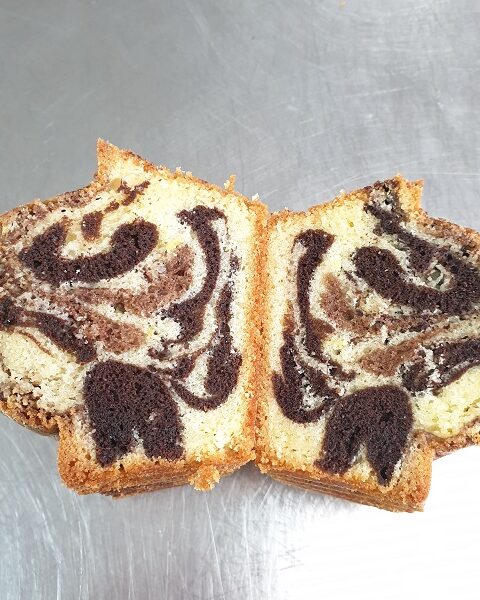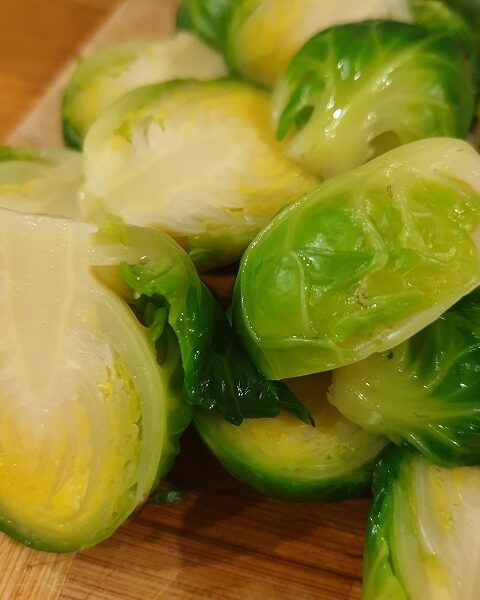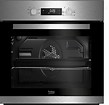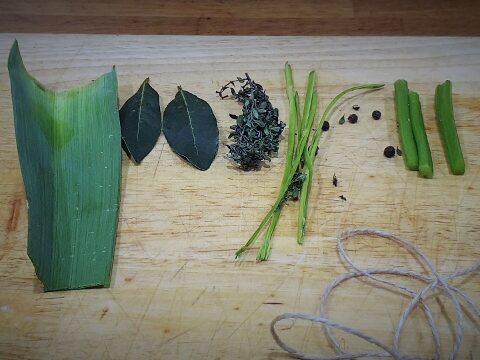
The creaming method is the most important used methods in baking when you are trying to make cakes, cookies and batters for cupcakes. If you wish to make cakes that have a nice melt-in-your-mouth quality feel and tender crumb structure, the creaming method is the one to master. The method allows you to make cakes having balance between tender and tough in structure which end up in a product that can hold up to carving and stacking on top of each other (mud cake, fruit cake, carrot cake).
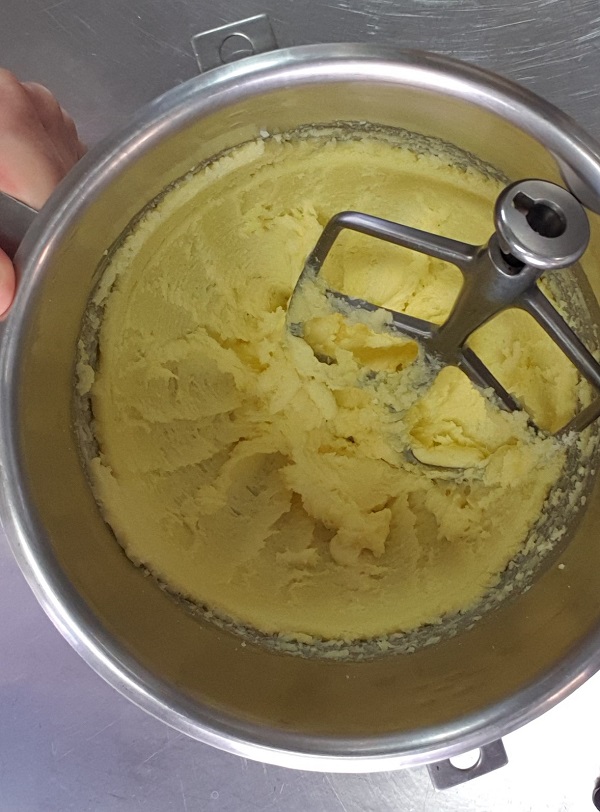
To make cakes that are not to aerated like sponges (genoise) or too heavy (Mud cake) we often use a method that creaming Method. We mix the sugar and butter together to blend it together (cream it) whilst mixing. This method adds little air cells in your batter mixture making your cake structure a little lighter but not too spongy. This method is often use for marble cake, pound cake, madeira cake, cupcake, cookies, madeleine….
The science:
During creaming, small air cells are formed and then incorporated into the mix. This create the mix to become larger in volume yet softer in consistency (like a cream). The environment (the kitchen/pastry lab) and exact timing for proper creaming is controlled by several factors:
First and foremost, the temperature of the butter or fat should be around 21°c. Having a cold butter or margarine will be too hard and will not incorporate air cells into the batter. In contradiction, having a butter or margarine melted or to warm, above 24°c will not allow for the air cells to be trapped and be release through the mixing process.
Secondly, the speed of mixing your fat and sugar should be at medium speed. Mixing your ingredients at high speed will reduce the number of air cells or totally destroy the volume of your batter.
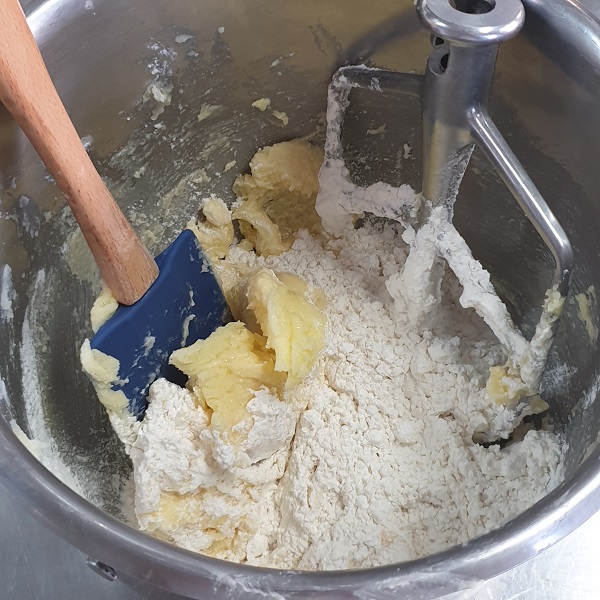
Thirdly, the incorporating process is crucial. You must incorporate your eggs a little at the time and wait for total absorption of the egg by the batter. Adding the eggs too quickly before they are absorbed, often results in a curdled batter. The reason behind is because egg white contains albumin that bind the product together but also at a high ration can split the mixture. The yolk of the egg contains a fat that coats the surface of the cells formed in creaming and allows the cells to expand and hold the liquid added (milk, essence, alcohol) without curdling.
So, remember that adding eggs too quickly or other liquid at once will cause your mixture to split (curdle).
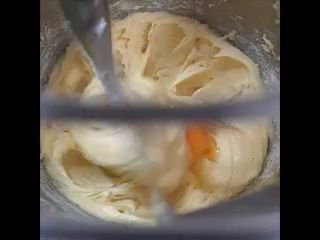
But wait, I have a tip and solution to avoid this. I worked out that by incorporating a ¼ of the flour at the start of the mix helped me to eradicate any splitting mix. So now, I always add ¼ of flour in my mixture and alternate with the eggs and then 2/4 of flour then an egg until it’s all combine at medium speed and I finish with the milk, essence or alcohol.
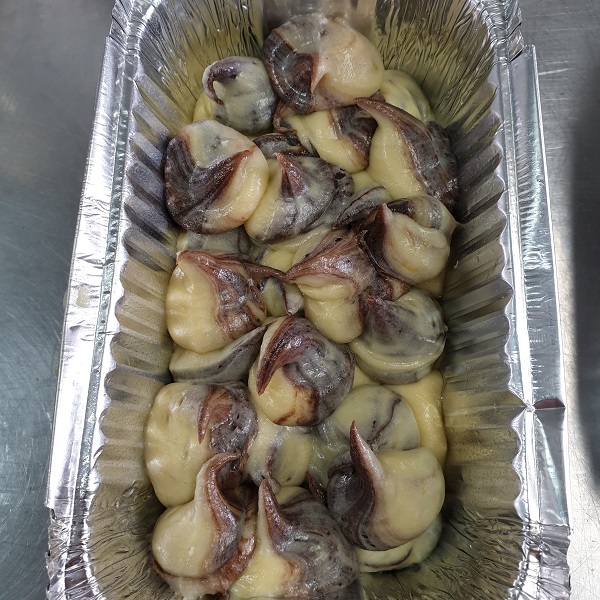
The creaming method is not hard to learn, and once you get it down, you’ll be able to make any number of cakes and cookies.
Get baking and have fun. for the full recipe, https://cookingwithfrenchy.com/recipes/marble-cake-pound-cake/
David
